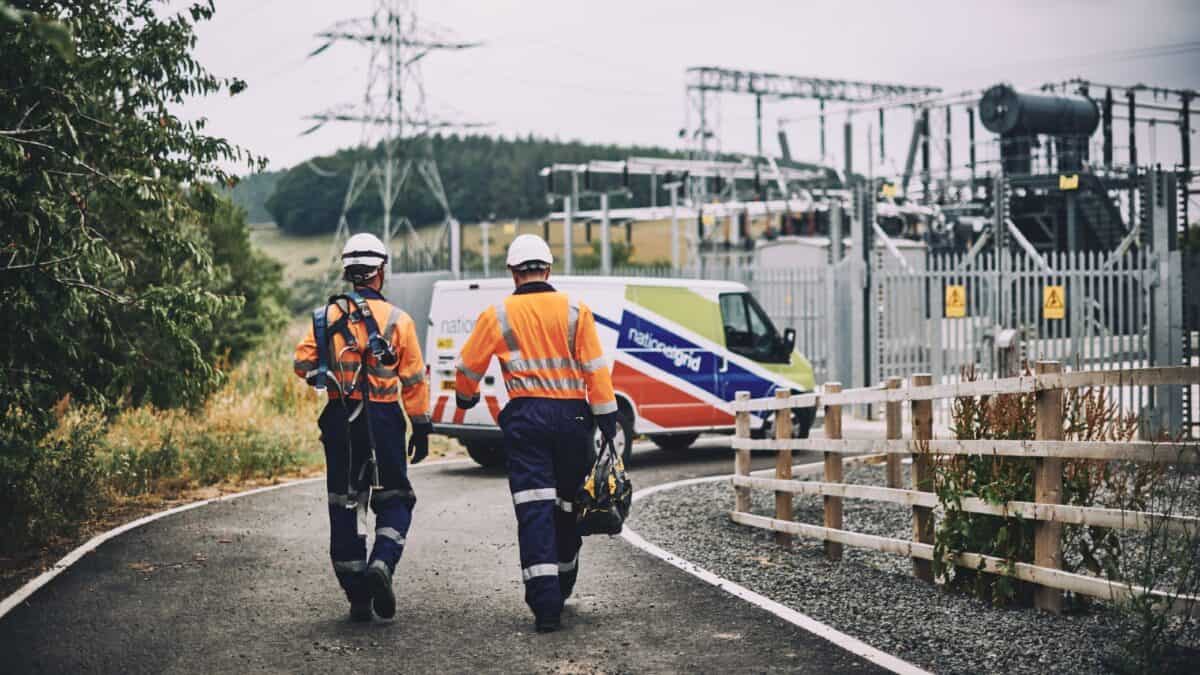According to wealth management company Moneyfarm, over the past 10 years, the average return on a Stocks and Shares ISA has been 9.6%. In comparison, the typical Cash ISA yields just 1.2%. When inflation is taken into account, this means — in real terms — the value of the average Cash ISA has fallen over this period.
But unlike cash savings, when it comes to investing there are no guarantees. Just because a near-10% return has been achieved in the past, doesn’t necessarily mean this will continue.
However, history tells us that by taking a long-term view, the stock market can be an effective way to accumulate wealth.
Those with a bit of money to spare have until 5 April to top-up their ISAs. The maximum amount that can be invested each year is £20,000. The advantage of using this type of investment vehicle is that income and capital gains aren’t taxed.
Please note that tax treatment depends on the individual circumstances of each client and may be subject to change in future. The content in this article is provided for information purposes only. It is not intended to be, neither does it constitute, any form of tax advice. Readers are responsible for carrying out their own due diligence and for obtaining professional advice before making any investment decisions.
Assuming an annual return of 9.6%, a £20,000 lump sum today could grow to £782,442 over a lifetime (say 40 years) of investing.
Food for thought.
Good and bad
The fact that the ‘average’ ISA has yielded a return close to double digits is encouraging. But like any statistic, this disguises the fact that some will have done a lot better. And others will have fared far worse.
As a risk-averse investor, the majority of my ISA comprises FTSE 100 stocks. These are the UK’s biggest listed companies and, in theory, due to their strong balance sheets and global exposure, are less likely to deliver earnings surprises. As a result, their share prices tend to be more stable.
Over the past 12 months, there have been 45 Footsie stocks that have achieved a 10%+ return. Impressively, three of them — International Consolidated Airlines Group, St James’s Place and Rolls-Royce Holdings — have more than doubled in value.
In contrast, 40 have seen their market cap’s fall. This proves that picking winners isn’t easy.
However, in my opinion, successful investing is about owning stocks for several years, not months.
One possible option
With this in mind, one FTSE 100 stock that I think investors could consider for their ISAs is National Grid (LSE:NG.).
Due to its monopoly status, the group — which transmits and distributes gas and electricity — has excellent forward visibility of its revenue and, therefore, earnings. It might not be the most exciting stock on the index but slow and steady sometimes wins the race.
It plans to grow earnings per share by 6%-8% per annum over the next five years. And due to its contractual arrangements, which include pre-agreed rates of return, the group knows this is achievable.
But energy infrastructure is expensive. In 2024, it surprised investors by announcing a £7bn rights issue to fund its capital investment programme. And it’s regulated, which means it faces fines (or worse) if it fails to keep the lights on.
However, it has an excellent track record in paying dividends and looks set to benefit from the transition to net zero. It plans to spend over £50bn on green projects up until 2029. And with an average return on capital of close to 9%, it could be a good time to think about including National Grid’s stock in an ISA.







